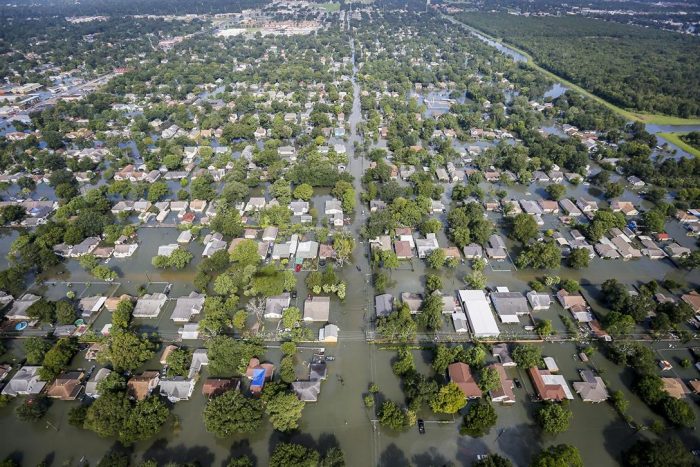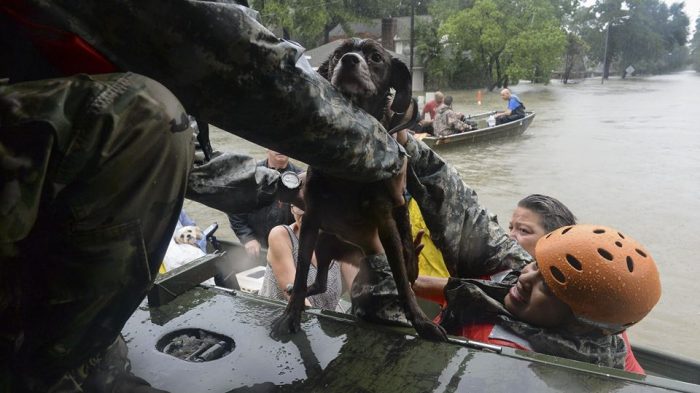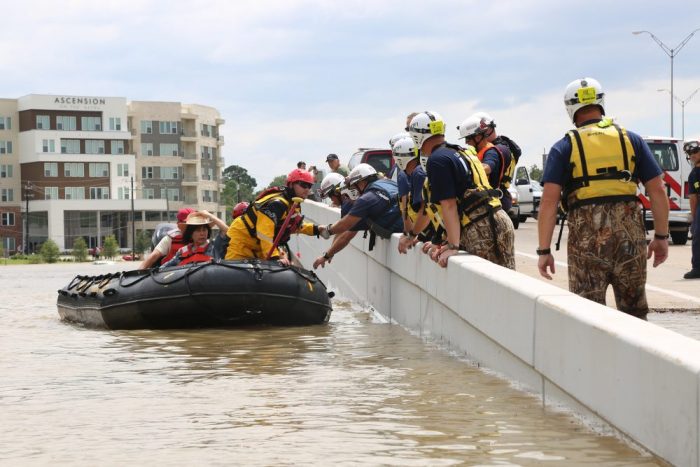Tool for Tracking An Equitable Recovery
The rain has stopped and tens of thousands remain in shelters, yet the most difficult part for Hurricane Harvey victims is still to come: recovery. FEMA is projecting 500,000 individual assistance claims from Hurricane Harvey, which means 1.5 million people will be desperately trying to put their lives back together. Additionally, up to 75 percent […]

The rain has stopped and tens of thousands remain in shelters, yet the most difficult part for Hurricane Harvey victims is still to come: recovery. FEMA is projecting 500,000 individual assistance claims from Hurricane Harvey, which means 1.5 million people will be desperately trying to put their lives back together. Additionally, up to 75 percent are without flood insurance, meaning many will not have the financial capacity to effectively recover.

Unfortunately, disaster recovery faces many challenges and these staggering numbers make the situation ever more dire because:
- Pressure to regain a sense of normalcy leads to fast-paced redevelopment within a shortened time period.
- Funds are often not distributed equitably and effectively.
- Regional measures of hazard losses typically don’t capture local levels of vulnerability, resilience, and capacity.
- Local governments are often overwhelmed by long-term recovery and struggle to monitor progress.
Tracking an Equitable Recovery
To alleviate some of these challenges, a team of researchers at Texas A&M University developed the Disaster Recovery Tracking Tool. The tool provides a free, secure, web-based disaster recovery management platform for local governments, decision-makers, and other stakeholders—planners, emergency managers, long-term recovery committees.
The tool captures a snapshot of community recovery functions at the local level and are applicable throughout recovery continuum. The tool is organized within four themes—financial, process, public sector, and social—and ten focus areas derived from Federal Emergency Management Agency (FEMA) recovery support functions and core capabilities. These metrics were identified and the content validated with communities impacted by Hurricane Sandy.
Informing Funding Decisions
Most importantly, the tool provides funders with a way to track progress and identify patterns of disparate recovery within the community. The Disaster Recovery Tracking Tool helps funders by:
- Providing quantitative measures to promote a transparent, outcome-oriented approach to prioritizing support for recovery goals and activities.
- Fostering informed long-term investments in a community, potentially building local capacity, making recovery more effective and efficient, and building resilient communities.
- Providing data-driven reports that give users an opportunity to leverage their time and effort to funnel resources for specific needs.
- Allowing funders to focus on smart partnerships and collaborations to bridge gaps.
- Promoting resource allocation during recovery where, according to the Measuring the State of Disaster Philanthropy, less than 5 percent of foundation funding dollars went to reconstruction and recovery in 2014.
This material is based upon work supported by the U.S. Department of Homeland Security under Grant Award Number 2015-ST-061-ND0001-01. The views and conclusions contained in this document are those of the authors and should not be interpreted as necessarily representing the official policies, either expressed or implied, of the U.S. Department of Homeland Security. Sources include: Olshansky, Hopkins & Johnson 2012; Jordan & Javernick-Will, 2014; Olshansky & Johnson, 2010; Ash, Cutter & Emrich, 2013; Dwyer & Horney, 2016; Horney, Aminto, Berke & Smith 2016.
More like this

Harvey Recovery Fund Grant Committee Assesses Needs


